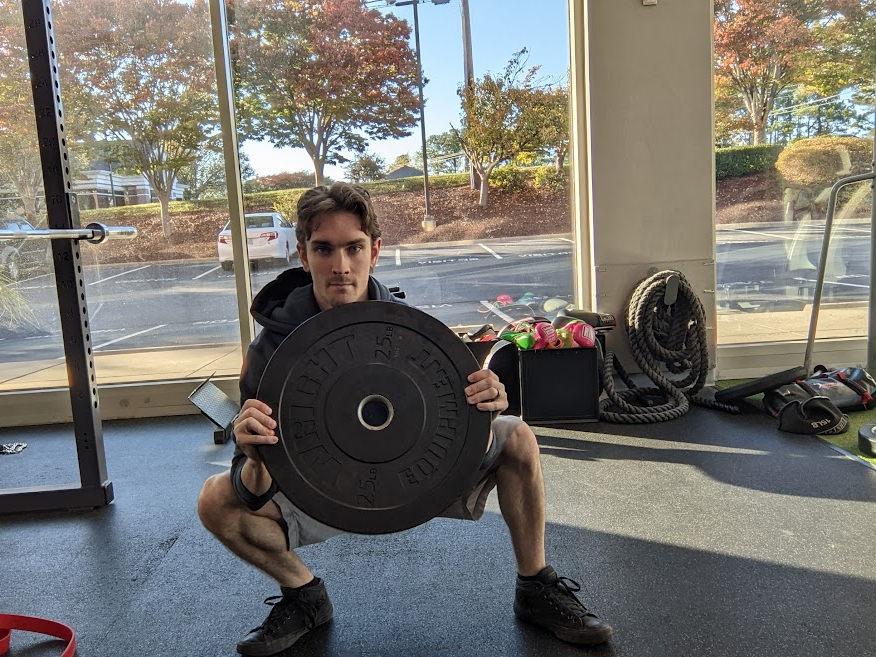Stability and mobility are terms you may have seen used by fitness professionals and influencers, advertising certain exercises to help fix certain ailments or enhance certain aspects of your fitness. How do you know if these are movements that will be helpful to you? This series will help to put the concepts of mobility and stability into more context.
Mobility refers to the ability of a joint to move through a full range-of-motion actively. This is different but similar to flexibility, which refers to the ability of a joint to move through a full range-of motion passively.


These are both different then stability, which is a joint’s ability to maintain an optimal position, even against some resistance or in an unstable environment.
While all joints need some level of mobility and stability, Vladamir Janda took note that the joints seem to alternate between whether they require more stability or more mobility compared to the adjacent joints, an idea expanded up by Michael Boyle.
This pattern emerges in part because the movement patterns in mobile joints is what dictates the stability of the stable joints. For example, in a deep squat the mobility and proper movement of the hips and ankles is what allows for the stability of the knees. Limited external rotation, one important form of mobility in the hips, would lead to a squat with knee valgus, an unstable position that carries an increased risk of ACL tears.


In this series, we’ll discuss different movements for mobilizations and stabilizations at these joints, starting with the ankles.
Ankle Mobilizations
Lack of ankle mobility most commonly shows up in the inability of the knee to travel far past the toes during deep squatting motions. If during a deep squat you feel your heels come up off of the ground and feel a pinching sensation at the front of the ankle, this is likely the result of the bones of the foot being positioned in a way where they’re unable to glide smoothly. To fix this, we’re going to do a banded joint mobilization.
Have a band tied low the ground behind you, of about a two-inch thickness. Elevate your foot onto a plate, or something sturdy with a height of at least 1.5 inches. Wrap the band around the foot, very close to but just below the ankle joint. In a kneeling position, lean forward as far you can while keeping your heel planted on the plate. This stretch should be held for 30-60 seconds.

Another function of the ankles is to provide lateral movement. To train this, get into a deep squat while holding out a plate to offset your weight, and elbows pushing out your knees. Rock side to side to push the range of motion of each ankle both ways, 10 times each.


While the joint distraction also doubles as a stretch for the deep calf muscle, the soleus, your ankle mobility could be limited in some movements by the tightness of the gastrocnemius. To stretch this, place your toes as high as they’ll go with your heel on the ground while standing. Bring the knee as close to the wall as you can, and feel the stretch in the largest belly of the calf for 30-60 seconds.

Ankles need mobility, can they use any stability?
There is some value in training on unstable surfaces, such as a BOSU ball or a balance pad. The unstable surface will force every muscle in the body responsible for balance to activate in an attempt to stay upright, including the muscles surrounding the ankle. The ability of these muscles to activate and reinforce stability could lead to increased fortification for exercises that challenge the range of motion of the ankle, or rapid changes in directions in sports performance. This training also translates into balance during activities that actually provide unstable surfaces, such as different water sports where the athlete is standing on top of a device like a surfboard or sailboat.
Keep tuned to the website for our next article on knee stability, or start working with one of our educated professionals who can help you take advantage of this knowledge by clicking here.




